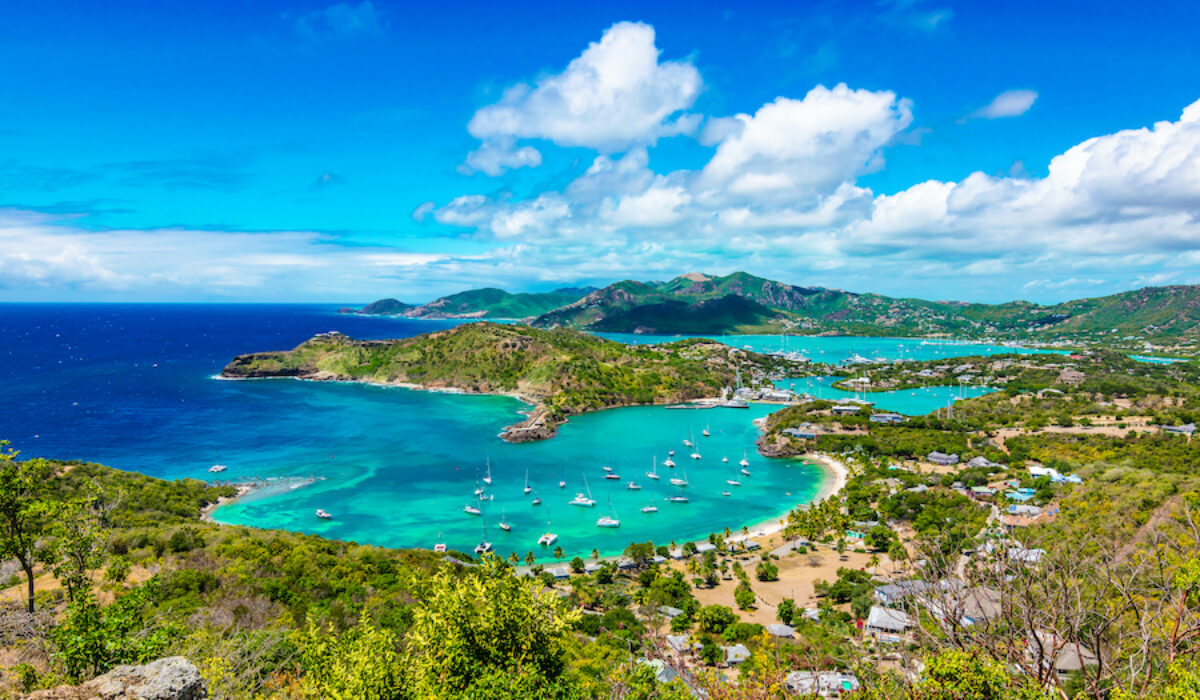Investment Migration is Booming
Citizenship investment has never been a more important consideration for global investors given current global headwinds. These are challenging times and the chance to access greater mobility, opportunity, stability, security and a higher quality of life is alluring indeed. One can see why the industry is rich with activity
There are many jurisdictions vying for supremacy in the field. We see Antigua & Barbuda as leading the way in the Caribbean, with Ecuador, Malta and Turkey offering especially innovative variations on the traditional CIP approach.

These countries offer the wise globally-minded citizen distinct investment migration solutions, while each is an advert for the socio-economic force for good credentials of this industry which continues to suffer from an unfair and malign narrative which posits that such programmes provide a safe haven for undesirables.
Given the prevailing winds of volatility the world is currently exposed to, such as the legacy of the global pandemic, more exacting fiscal demands, soaring inflation, and a rise in conflicts and associated sanctions, the motivation behind those seeking additional citizenship has become more varied.
“In Antigua & Barbuda, there are options to contribute to the National Development or University of the West Indies Funds, or to invest in real estate or an approved business, with a minimum investment of just $100,000.”
Testament to this is that investment migration source markets have themselves become more diversified, with the various programmes now resonating far and wide, including in the developed world. This, in turn opens up new doors of opportunity for host nations to benefit from fresh inflows, acting as a much-needed boost for exchequers and the public purse.
In Antigua & Barbuda, there are options to contribute to the National Development or University of the West Indies Funds, or to invest in real estate or an approved business, with a minimum investment of just $100,000. It is especially popular with investors from China, the Middle East and North Africa, with thorough due diligence sorting the wheat from the chaff. Its programme is well regarded internationally and benefits from the firm support of Premier Gaston Browne, who is a passionate and articulate advocate, making clear that with fiscal resources squeezed, it is an invaluable contributor to the fortunes and prospects of the people of this gateway to the Eastern Caribbean with its 365 beaches, one for every day of the year.

Meanwhile, Ecuador, in South America with its rich mix of Pacific coast, Andes mountains, Amazon rainforest and city landscapes, is pushing its digital nomad initiative. This essentially means that those meeting the criteria can work remotely in this fascinating undiscovered gem, either for foreign companies or their own. With a valid passport, a police record, proof of foreign source income of at least three basic unified salaries, medical insurance, and payment of the processing fee of 460 dollars, opportunity is yours in the form of a two year temporary residence visa.

It is an approach that Malta in the Mediterranean has also recently aligned itself with. Its Nomad Residence Permit appeals to remote workers seeking greater freedom of movement who are after no more than short term residency. Meanwhile, for those looking for a deeper Maltese connection, residency status can be achieved via the Malta Permanent Residence Programme. While distinct from citizenship to reflect changing requirements from prospective investors, it affords enhanced international mobility, multiple practical benefits and relief from unstable dynamics in countries of origin.
A Turkish passport, meanwhile, affords visa-free, or visa on arrival access to the likes of Japan, Singapore, South Korea, and Thailand in the Far East, visa-free access to the vast majority of South and Central America, as well as the ready ability to access the US, the UK and the EU with the requisite visas that most of the world’s citizens could never hope to enjoy. The preferred investment model sees a minimum $400,000 investment in property.

